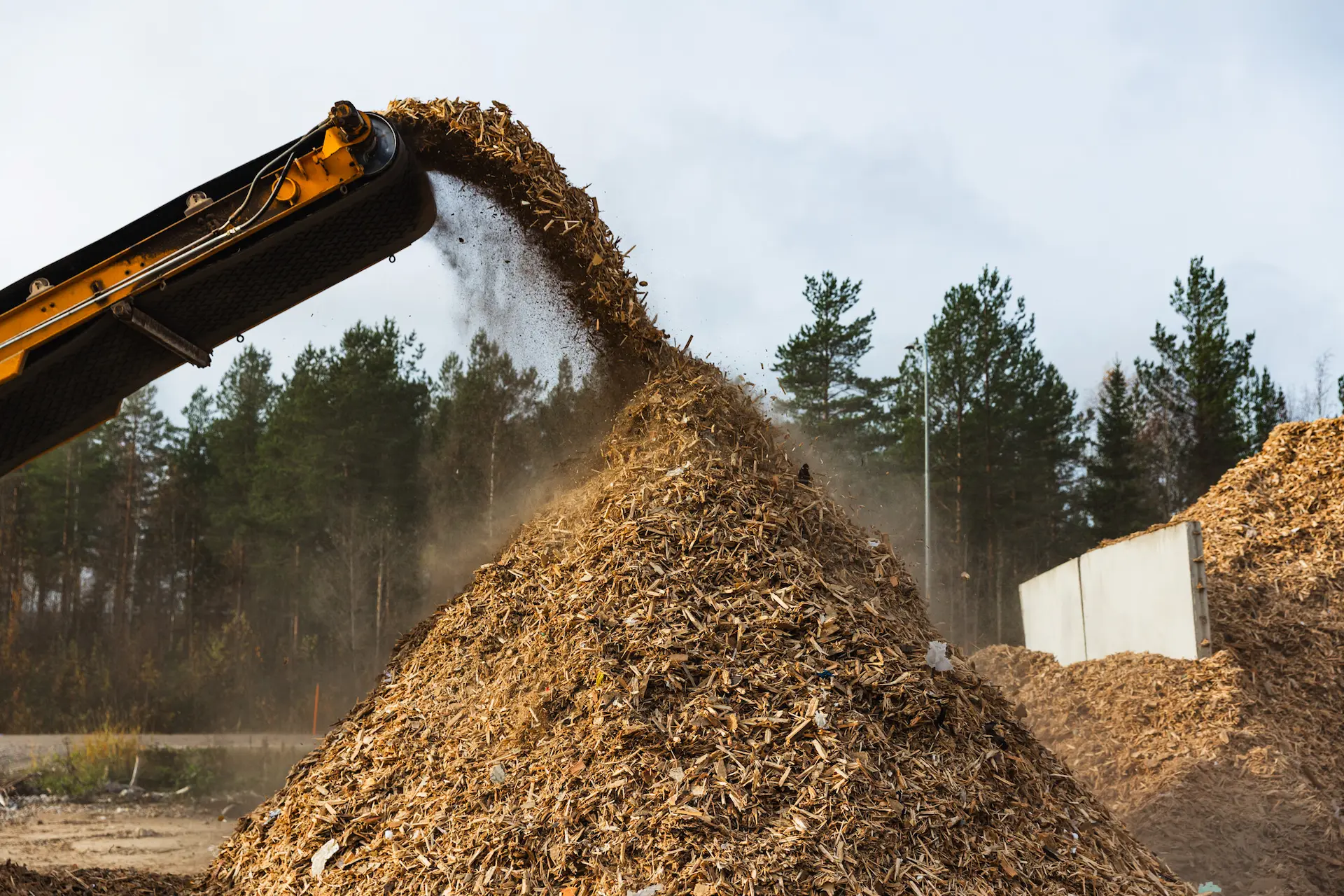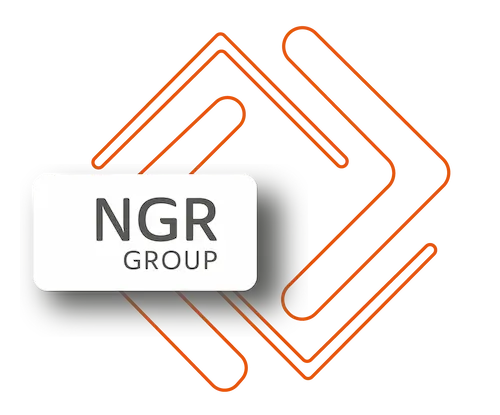
Focus on the Resources we already have
In Ostrobothnia, there is a long tradition of making the most of what you have. It applies to soil, forests, metals – and increasingly, to materials. As the world talks about the circular economy as the model of the future, we already have something solid to build on here at home. The question is no longer if we should make the transition, but how we can make better use of the resources already around us.
The construction industry, manufacturing sector, and public organizations all face the same challenge: how can we reduce waste, increase reuse, and build business on sustainable terms? In the report Trend Analysis: Circular Economy with Materials as Resources from the Swedish Construction Industry Development Fund, the way forward is described as collaboration, traceability, and new business models. That applies just as much in Jakobstad and Vaasa as it does in the larger cities of southern Finland.
Here in the region, we already have a strong foundation. The green industries, energy clusters, transport companies, and recycling actors all have key roles in the transition. Many materials that are currently seen as leftovers – demolition debris, metals, wood, plastic – can gain new life through better planning and shared digital platforms. It’s about connecting producers and users, creating flows, and building trust.
The circular economy is, at its core, simple: use what you have, more than once. But to make it work, we need both technology and trust. Ostrobothnia can take the lead through local collaborations, pilot projects, and a shared willingness to try new approaches. Instead of importing solutions, we can export ideas – from sustainable construction projects to new ways of managing material flows.
There is a clear competitive advantage in being ahead of the curve. Companies that succeed in creating transparent and traceable reuse systems will not only reduce their climate impact but also strengthen their market position. The key is to see the potential in what already exists – in the ground, in buildings, in industry, and in the people who want to drive change.
Focusing on the resources we already have is not a compromise with growth – it’s the next step in achieving it. In Ostrobothnia, we have the knowledge, experience, and drive. Now it’s time to make circular thinking a natural part of how we build, plan, and live.
Three EU Tips for Circular Construction
- Design for Reuse
Plan buildings so materials and components can be dismantled, reused, and tracked. Use material passports and modular solutions. - Build Resource-Efficient and Sustainable
Reduce material use and choose recycled or bio-based materials. Carry out life cycle assessments (LCA) to understand total environmental impact. - Set Circular Requirements in Procurement
Public and private clients can lead the transition by demanding reuse, traceability, and circular business models in projects.
